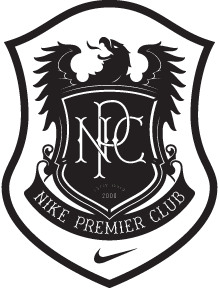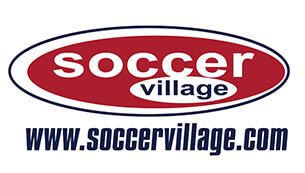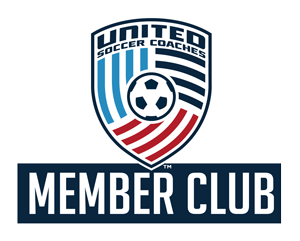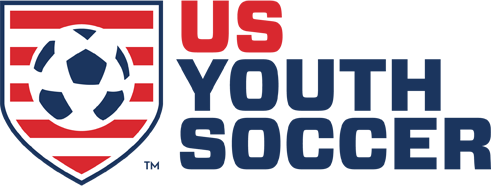Kings Hammer Healthy Habits: Injury Recovery

- December 19, 2023
Share This Post
The third episode of Kings Hammer Healthy Habits presented by OrthoCincy in finally here! In this episode, OrthoCincy experts discuss the topic of injury recovery as it relates to athletes.
For more information on the topic of injury recovery, check out the following provided by the experts at OrthoCincy:
Q1: Can you describe the most common soccer-related injuries you encounter in your practice as an orthopedic surgeon?
A: Some of the most common injuries we see in our clinic are muscle strains and sprains (hamstring, quad, ankle), ACL tears, concussions, groin injuries, stress fractures, muscle imbalances, and overuse injuries
Q2: In your experience, what are some of the challenges and considerations specific to pediatric or adolescent soccer players recovering from injuries, and how do you address them?
A: Addressing the unique challenges of pediatric and adolescent soccer players recovering from injuries involves a specialized approach. Effective collaboration with orthopaedic specialists is crucial when dealing with growth and development concerns in these athletes, particularly in relation to growth plate injuries. When recovering from an injury, it’s good to ensure compliance by incorporating open communication between the young athlete and their parents, further emphasizing the importance of following their tailored treatment plans. Strict return-to-play protocols, emphasizing gradual progression, are implemented to mitigate the risk of re-injury. Addressing the psychological impact requires incorporating mental health support, fostering a positive environment, and involving sports psychologists, if necessary. This comprehensive approach establishes a balanced and supportive structure to promote the overall well-being and recovery of young athletes.
Q3: How do you collaborate with physical therapists and other healthcare professionals to ensure coordinated and effective care during a player’s recovery?
A: Surgeons and physical therapists work with each other with comprehensive assessments, rehab protocols, monitoring progress, return-to-play protocols, pain management, open communication, and documentation of progress.
Q4: Can you explain the importance of clear and open communication between healthcare providers, coaches, and athletes during the recovery process, and how you facilitate this communication?
A: Clear communication ensures that everyone is on the same page throughout the recovery journey. A collaborative approach promotes the athlete’s well-being, reduces the risk of complications, and supports a safe and successful return to sports. It also fosters a culture of trust, transparency, and teamwork within the sports medicine team. Some areas where you’ll see better athlete well being include treatment consistency, shared understanding, progress updates, rehab guidance, and following return-to-play protocols.
Q5: What are the key factors you consider when determining whether a soccer player requires surgical intervention for their injury, as opposed to non-surgical treatment?
A: Some key factors that we consider when determining if surgery is needed include the nature and severity, location of injury, activity level & demands, imaging findings, risk-benefit analysis, and goals & expectations.
Q6: Can you discuss the typical timeline for a soccer player’s return to play after surgery, and what factors influence this timeline?
A: After surgery a player’s recovery timeline varies depending on injury type. Also there are several phases of recovery which are monitored closely. Those phases include: post-op phase, early rehab, strength & neuromuscular control, sport-specific training, return-to-play, long-term maintenance & injury prevention. Additional factors that could impact a player include compliance, complications, pre-op fitness level, psychological factors, and individual healing.
Q7: How do you approach the development of individualized treatment plans for soccer players recovering from injuries?
A: By taking a comprehensive and patient-centered approach. These plans are tailored to the specific needs and circumstances of each player and are designed to optimize the recovery process. Physicians strive to create a plan that not only facilitates recovery but also supports the player’s long-term athletic success and overall health.
Q8: How do you stay updated on the latest advancements and research in orthopedic surgery and sports medicine to ensure that your patients receive the best possible care?
A: Our physicians and surgeons stay up to date on medical advancements through multiple sources. Some of these include continuing medical education, medical journals, research, professional organizations/meetings/conferences, collaboration, mentorship, manufacturer & device training, peer review, and online resources.
Q9: What are the common misconceptions or mistakes you’ve observed among young soccer players and their parents regarding injury prevention and management?
A: We see a variety of misconceptions in sports medicine. Often there is an overemphasis on playing through pain, delay in seeking medical care, excessive focus on winning/ “win at all costs” mentality, ignoring proper nutrition/hydration, lack of injury prevention education, and a comparison to peers, which can negatively effect a student athlete.
Q10: What advice would you give to aspiring soccer players and their parents regarding injury prevention and the importance of seeking timely medical care for injuries?
A: To help injury recovery overall, it is important to prioritize your health, educate yourself on your injury and how to best handle it’s recovery, utilize rest & recovery, cross-train, and don’t play through pain/seek medical care ASAP, and support balance and moderation to not over extend an athlete in the future.










